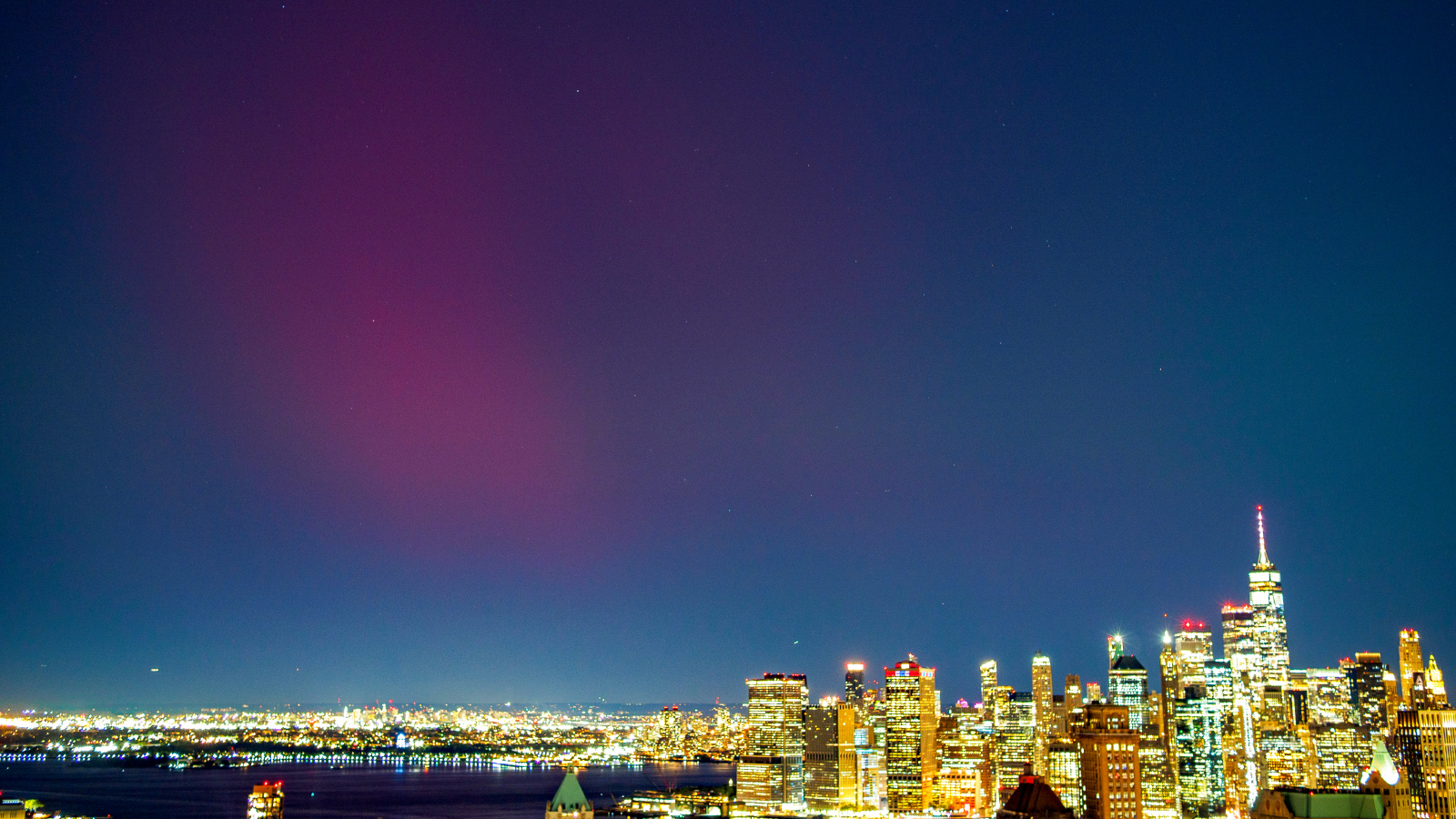Auroras May Light Up the Skies as Far South as New York City This Weekend

As excitement builds among skywatchers, experts predict that breathtaking auroras could be visible as far south as New York City this weekend, offering a rare celestial spectacle. A moderate geomagnetic storm, classified as G2 on the NOAA scale, is set to impact Earth’s magnetic field, potentially illuminating the skies in up to 18 states across the U.S.
The storm is anticipated to commence on Friday, June 13, as announced by the National Oceanic and Atmospheric Administration’s (NOAA) Space Weather Prediction Center. Initially, an alert was issued for a G2 geomagnetic storm beginning on Saturday, June 14, but an updated warning was released indicating that the storm might start even earlier, on Friday itself. The event is expected to culminate by Sunday, June 15, or Monday, June 16.
While the storm is currently classified as moderate, some reports suggest that its intensity could escalate to G3 (strong) over the weekend. There have also been claims that it might reach G4 (severe) status, although these statements have created some confusion. The U.S. Naval Research Laboratory had recently discussed a different G4 storm that occurred earlier this month, leading to misconceptions about the intensity of the upcoming storm.
Geomagnetic storms like this one arise from disturbances in Earth’s magnetosphere, often triggered by fluctuations in solar wind. Typically, such storms are the result of coronal mass ejections (CMEs) — large clouds of magnetized particles ejected from the sun during solar flares. In this case, however, the impending storm is caused by a co-rotating interaction region resulting from turbulence in the solar wind. This turbulence is created when fast-moving solar wind streams collide with slower-moving ones originating from a significant coronal hole on the sun’s surface.
These geomagnetic disturbances can compress Earth’s magnetosphere, leading to remarkable auroral displays at lower latitudes than usual. There are additional risks associated with geomagnetic storms, including temporary radio blackouts, potential damage to power infrastructure, and disruptions to satellite operations as Earth’s atmosphere absorbs excess energy and expands. The intensity of geomagnetic storms is categorized on a scale from G1 (minor) to G5 (extreme), with G5 storms being exceedingly rare.
According to data from Live Science’s sister site, Space.com, the 18 U.S. states that have the highest chances of catching a glimpse of the auroras are Alaska, Montana, North Dakota, Minnesota, Wisconsin, Michigan, South Dakota, Maine, Vermont, New Hampshire, Idaho, Washington, Oregon, New York, Massachusetts, Connecticut, Rhode Island, and Wyoming.
Beyond the United States, auroras may also be visible in the U.K. and parts of Europe. However, viewers in these regions face obstacles such as cloudy weather, atmospheric haze from wildfires, or the bright lights of urban areas that could obscure the view of this magnificent natural light show.
The recent uptick in solar activity is attributed to the solar maximum, which represents the sun’s most active phase within its approximately 11-year cycle. This phase, which began earlier than expected in early 2024, may be drawing to a close, although scientists anticipate that elevated solar activity might persist for several more years.



























